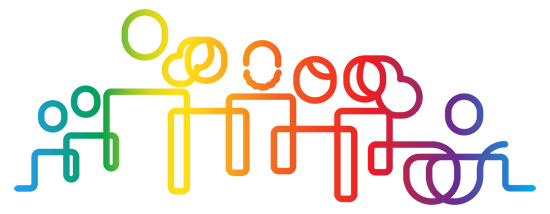D&I and ESG:
situationship, relationship,
or more?
AUTHOR:
Anna Tsokani
PUBLISHED ON:
21st May 2024
PUBLISHED IN:
bettermint.gr

Diversity in the service of efficient and sustainable corporate governance
Traditionally, diversity referred largely to gender diversity, back when gender equity was the key claim not just in employment, but society as a whole.
Nowadays, however, the notion has become wider and much more diversified. When discussing diversity in employment in 2024, the term is understood to apply to several different identities – including racial, ethnic and religious groups, members of the LGBTQ+ community, neurodivergent people, and persons with disabilities.
Contemporary challenges and how to address them
As the first quarter of the 21st century comes to its close, we find ourselves experiencing disruptive changes. The kind that were once largely dictated by the global economy and corporate interests, but are now defined by the need to ensure a sustainable planet. And in order to overcome these changes, we need more than ever to employ the best possible practices and deploy the most efficient people.
The introduction of new conditions and terms into the lives of us all, such as climate change and the need for sustainable development in order to address it, requires moving away from conventional energy sources. And, subsequently, moving away from conventional and/or obsolete ways of working.
It’s becoming more and more evident that in order to adequately respond to the contemporary crises plaguing our world –energy, health, climate or humanitarian ones– and to ultimately survive, the planet needs the intelligence, talent, and creativity of everyone willing to do their bit. Likewise, in the business and corporate world, more and more emphasis is given on the value created by teams – strong and diverse teams that thrive in their multiplicity and maximize their collective potential.
The bottom line is that for this fight, we can spare no one. It’s imperative to pool all available strengths. And given that talent, skill and value have no gender (or lack thereof), nationality, race, religion, sexual identity etc., organizations are progressively realizing that they need to become more inclusive to succeed in their goals and objectives – business, sustainable, or other.

Is ESG really promoting D&I?
From our experience at BetterMint, the answer to the above is Yes and No. Yes, as ESG has formalized the discussion on D&I topics and made it part of the corporate agenda. Yes, because it has helped create policies, procedures, and practices to support equality. Yes, as it is assisting in the formulation of a new, more respectful and more inclusive, corporate language.
But there are also a few Nos we should also be considering. No, as most initiatives stemming from financial principles and supported by strict legislation tend to become “tick-the-box” exercises rather than much-needed applications. No, because (at least in Europe) it started as an obligation for listed companies, which created the impression that ESG, and subsequently D&I, only applies to the big corporations; that only the organizations with scores of employees and deep pockets have to adopt the new criteria. No, because even these listed companies that follow ESG mandates often fail to effectively communicate their efforts to employees. No, because the usual ESG-related requests from management regard how to build awareness on the company’s sustainability rating, D&I figures, etc.; only a few corporate organizations have actively embraced the ESG mentality, and reap its subsequent benefits.
So, when BetterMint is asked how to effectively communicate D&I initiatives to the internal audience of companies, our answer is “Let’s start from the base and build bottom-up”. Meaning, let’s take time to create an internal comms strategy, purpose-built on the findings of relevant employee engagement surveys collating information from onboarding and exiting discussions; from topics raised during meetings or even bonding events, when people casually discuss their experiences – either professional or personal.
Once this information is analyzed, we can continue with building our personas. We must get to know our audience if we want to talk to them about social matters. A D&I awareness campaign can’t be perceived, designed, or implemented as a product-focused exercise or any other type of business-related campaign. This is not the case where management speaks and employees listen, it’s actually the other way round. People have to express their concerns, pain points, or even potential bias to understand what’s keeping them from being open to different identities. Only then can we start educating our teams why every single person and the diverse qualities they bring along are needed in the world at large and, consequently, in the contemporary corporate environment.


